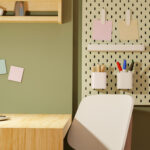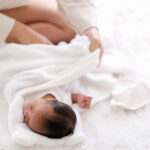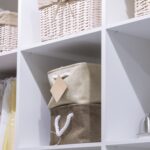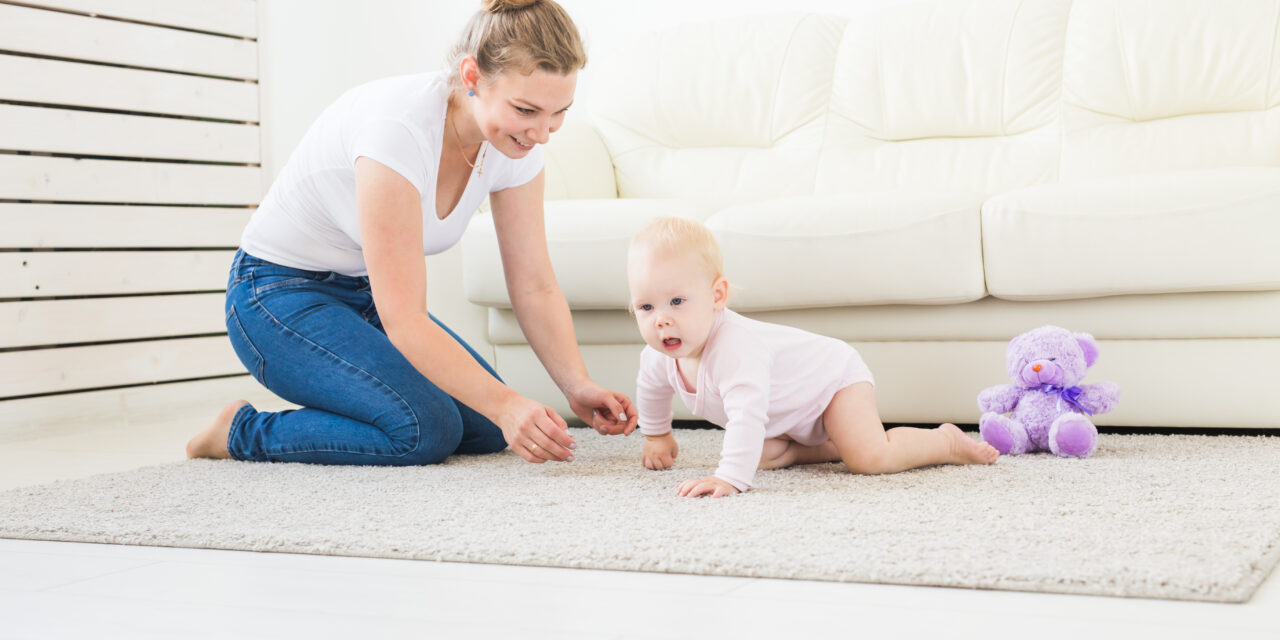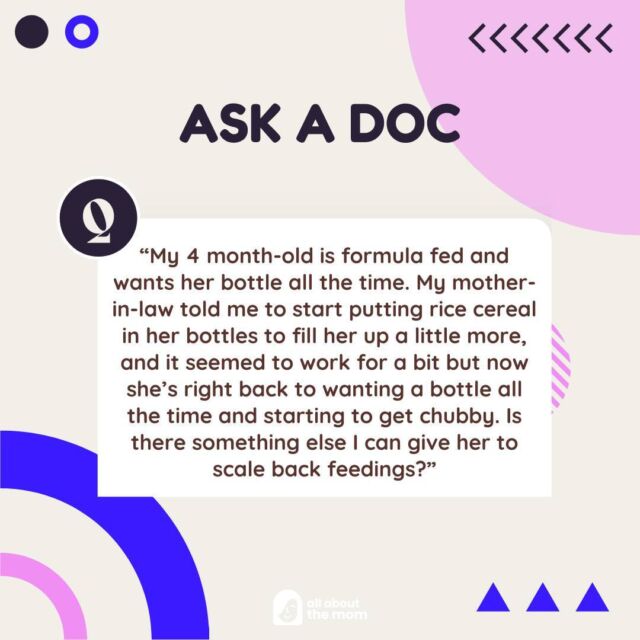You’ve survived the first three months of parenthood, and life seems to be settling into a comfortable routine when the reality of a soon-to-be mobile baby hits home. Welcome to Babyproofing 101.
Babies change so fast and frequently during the first year that just when you think you know what to expect, something new, like a crawling baby, comes along. Most babies begin crawling between 6 and 9 months of age, with some starting earlier and others forego crawling altogether. So, an ideal time to prepare is when your little one is about four months old.
Where does a conscientious new parent start when ready to make their home baby-friendly?
On their hands and knees, of course.
That’s right. You’ll want to see the world from your baby’s perspective to see potential dangers. Start by crawling from room to room throughout the house, looking for anything that can go in the mouth – a dropped penny, a twist tie, an old leaf that dropped off a plant. Babies explore their world by putting things in their mouths, so though a dead bug may not appeal to us, to a baby, it’s a science experiment. An excellent way to determine if something could be a choking hazard is by checking if it will fit inside a cardboard toilet paper tube. If it does, put it away until the baby is older.
Back to that old leaf lying on the floor…look at all your houseplants and give away any that could harm your baby. You can find a list of such plants here. And though indoor plants can be beneficial in so many ways, babies learning to pull themselves up can easily pull over a plant within their reach. Move them up or out for the time being.
Now is an excellent time to clean out cabinets of old, unused, and outdated products such as soaps, shampoos, hairspray, medicines, household cleaners, etc. If you decide to keep any, keep them up and out of reach and behind doors with childproof locks. Many parents will want to install safety locks, latches, and gates around stairs for peace of mind. I highly recommend using a baby-proofing service to do the installations properly to prevent damaging walls and cabinets. Such services may also install specially designed outlet covers to keep the baby from experimenting with electricity.
If you are more of a do-it-yourself type, there are websites full of valuable items for childproofing.
Of course, all these measures are important and helpful, but none replace adult supervision, which is, by far, the best way to know your baby is safe at home!



